For years, the defining image of the climate crisis was melting glaciers and rising sea levels. But scientists are increasingly turning their attention away from the poles and toward what is happening beneath the ocean’s surface. The seas are warming at an unprecedented rate, and this "underwater heat" is wreaking havoc—from coral bleaching and the disappearance of marine species to abrupt distortions in global climate patterns. In recent years, oceanic heatwaves have become so intense that researchers had to coin a new term to describe them.
Heat Below the Surface: How Oceans Are Absorbing the Climate Crisis
In recent years, abnormal marine heatwaves have been recorded across all of the Earth’s major ocean basins. Some have been so extreme that scientists introduced a new term: supermarine heatwaves. "Marine ecosystems experiencing such superheating have never before encountered this level of ocean surface temperature," wrote oceanographer Boyin Huang of the U.S. National Oceanic and Atmospheric Administration (NOAA).
Off the coasts of the UK and Ireland, one of the longest-lasting marine heatwaves was observed—beginning as early as April, several months ahead of schedule. At the same time, Australia faced simultaneous heat events on both of its coasts, dealing another blow to its iconic coral reefs. While there is still no universal definition of a marine heatwave, one thing is clear: as the climate changes, the oceans are absorbing more and more excess heat accumulating in the atmosphere due to greenhouse gas emissions from burning fossil fuels. This is fundamentally transforming marine ecosystems.
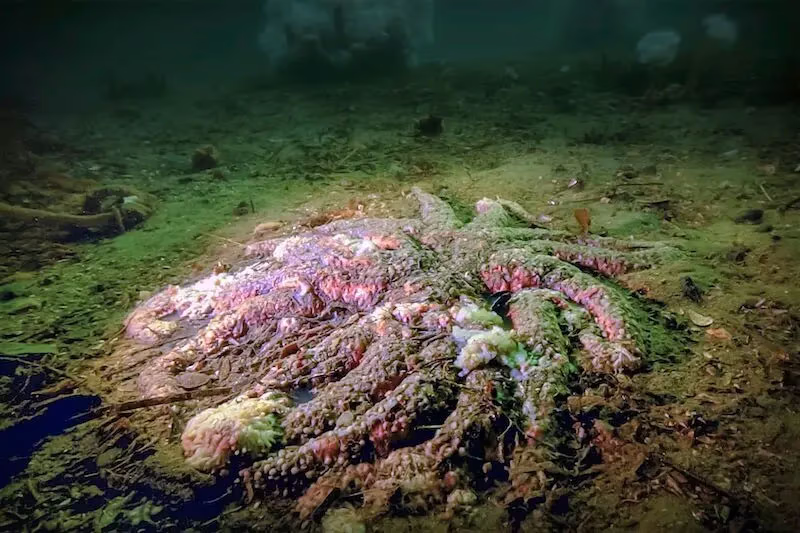
Around five billion sea stars died as a result of a disease outbreak.
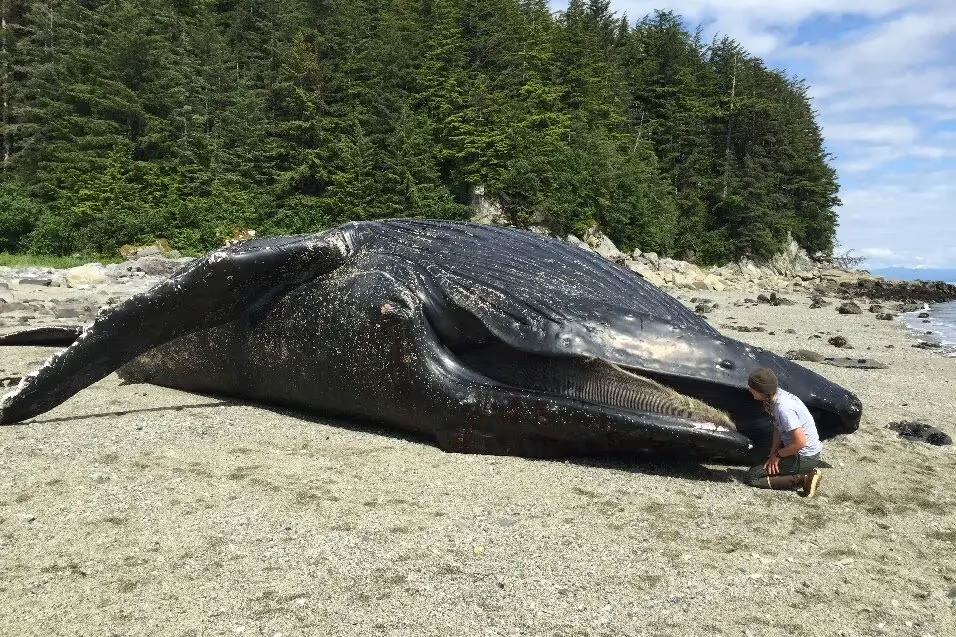
The humpback whale population in the northern Pacific has declined by 20%. A whale named Festus, who died in 2016, became the subject of a separate report: he was found to have numerous health issues, including emaciation and elevated levels of toxins linked to harmful algae.
Rising ocean temperatures have already triggered profound changes in marine life—from mass coral die-offs to sea level rise and the breakdown of established weather patterns. The most visible casualties are coral reefs. When waters become too warm, corals expel their symbiotic algae and undergo bleaching. According to a recent report, between January 2023 and March 2025, approximately 84% of the world’s reefs experienced stress levels high enough to induce bleaching. Meanwhile, in 2024—the hottest year ever recorded—sea levels rose faster than scientists had anticipated. The cause wasn’t just glacial melt, as in previous years, but also thermal expansion: as water heats up, it expands, pushing ocean levels higher.
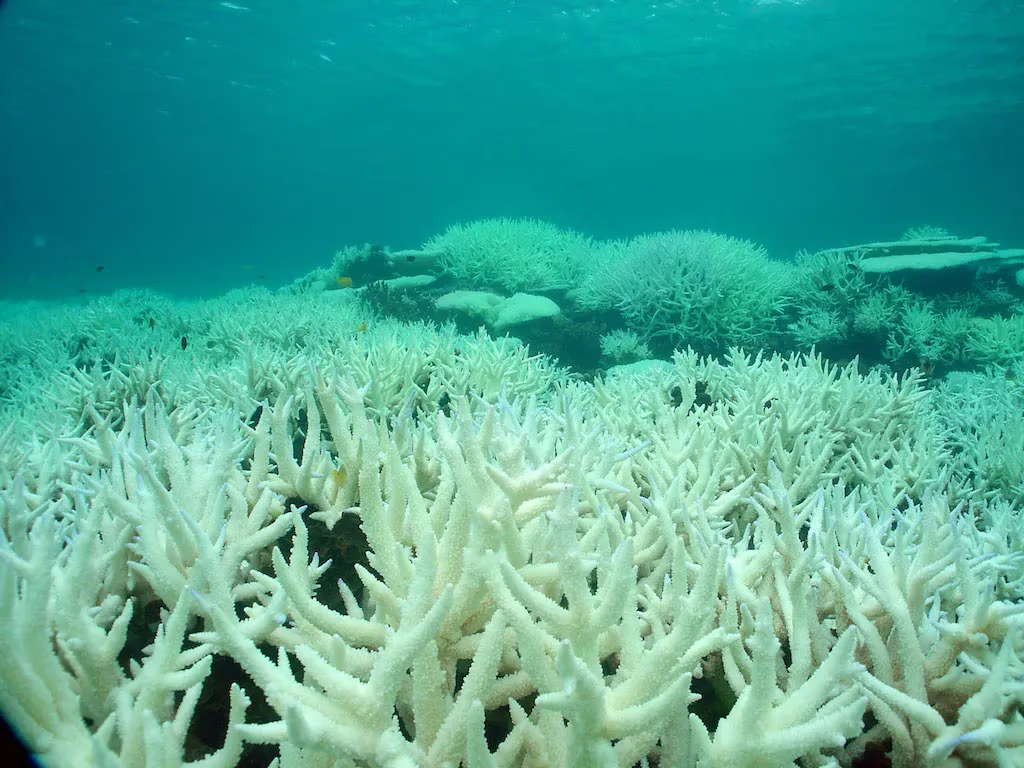
A bleached section of the Great Barrier Reef.
Excess heat in the oceans also affects weather patterns. It intensifies hurricanes: warmer waters contribute to the rapid strengthening of cyclones, making them more destructive. In the southwestern Pacific, last year’s sea temperatures helped drive an unprecedented series of tropical storms that struck the Philippines. According to physicist Marta Marcos of the University of the Balearic Islands, understanding how global warming influences extreme events is essential if we are to grasp what is happening—and what lies ahead. She led a study published in the journal Proceedings of the National Academy of Sciences, which found that the vast majority of marine heatwaves in recent decades are directly linked to climate change.
Mass Mortality and Species Disappearance
Some of the earliest scientific studies of mass die-offs caused by marine heatwaves were conducted before the phenomenon had a name. They took place in the Mediterranean—a region warming three to five times faster than the global ocean average. Marine ecologist and biodiversity conservation expert Joaquim Garrabou, of the Institute of Marine Sciences in Barcelona, began researching the issue after witnessing a large-scale die-off of sponges and corals in 1999. At the time, scientists believed that such events would occur sporadically as the climate changed. "But reality is moving faster than we expected," Garrabou says. "Mass mortality of marine species has become the new normal, even though it was originally expected to remain a rare exception."
In 2012, a marine heatwave in the Gulf of Maine vividly demonstrated the threat such events pose to fisheries. According to modeling by the Atlantic States Marine Fisheries Commission, the population of northern shrimp declined from about 27.25 billion individuals in 2010 to just 2.8 billion by 2012. "The disappearance of the shrimp was a real shock," recalls Anne Richards, a former fisheries scientist at NOAA’s Northeast Science Center. Her analysis pointed to a key factor: longfin squid, which migrated north following the warmer waters, began preying heavily on northern shrimp. The fishery in the region has never recovered. As of 2023, the shrimp population was estimated at around 200 million. "Commercial fishing has always been challenging, but now climate change is taking it to a whole new level," says Kathy Mills, a senior scientist at the Gulf of Maine Research Institute.
A further complication is the lack of comprehensive global data. Most scientific information on marine heatwaves comes from just a handful of countries—the United States, Australia, China, Canada, Spain, and the United Kingdom. "In many parts of the world, monitoring is far less developed, and we simply don’t know what’s happening," says ecologist Dan Smale of the UK’s Marine Biological Association.
Disrupted Food Chains and Population Decline
Rising ocean temperatures can trigger a domino effect, starting from the most fundamental links in the marine ecosystem—plankton. After the end of large-scale whaling in the 1970s and 1980s, the humpback whale population in the northern Pacific gradually recovered, reaching a peak of around 33,000 individuals by 2012. But between 2014 and 2017, a massive marine heat anomaly known as "The Blob" settled over the region. The heat disrupted ocean circulation: winds and waves weakened, reducing the upwelling of nutrients into surface waters. This led to a decline in phytoplankton, zooplankton, fish, and ultimately the species that depend on them—including whales.
When "The Blob" finally dissipated, researchers reached a troubling conclusion: the effects of extreme marine heatwaves can persist long after the event itself has ended. Ted Cheeseman, a graduate student at Southern Cross University and co-founder of Happywhale—a global database built on photos of marine mammals submitted by scientists and whale watchers—began noticing a sharp decline in humpback whale sightings by 2021. The drop was so pronounced that the team initially suspected an error in their calculations. But after several years of verification, they reached a definitive conclusion and published a study last year: between 2012 and 2021, the humpback whale population in the northern Pacific declined by 20%. The primary cause was identified as food scarcity, particularly of krill, during and after the heatwave. "The estimate suggests that around 7,000 whales have vanished, and they haven’t been spotted in other regions," says Cheeseman. "We simply have no other explanation."
Forecasts, Rescue Efforts, and the Limits of Adaptation
Over time, some parts of the ocean may enter a state of permanent marine heat—at least by today’s standards. Scientists view the current short-term temperature spikes as a kind of dress rehearsal for what lies ahead. Biological oceanographer Alistair Hobday, of Australia’s national science agency CSIRO, holds public briefings with forecasts of marine heatwaves months before they might begin. And these warnings are starting to be taken seriously.

Redfish in the waters off the coast of Tasmania.
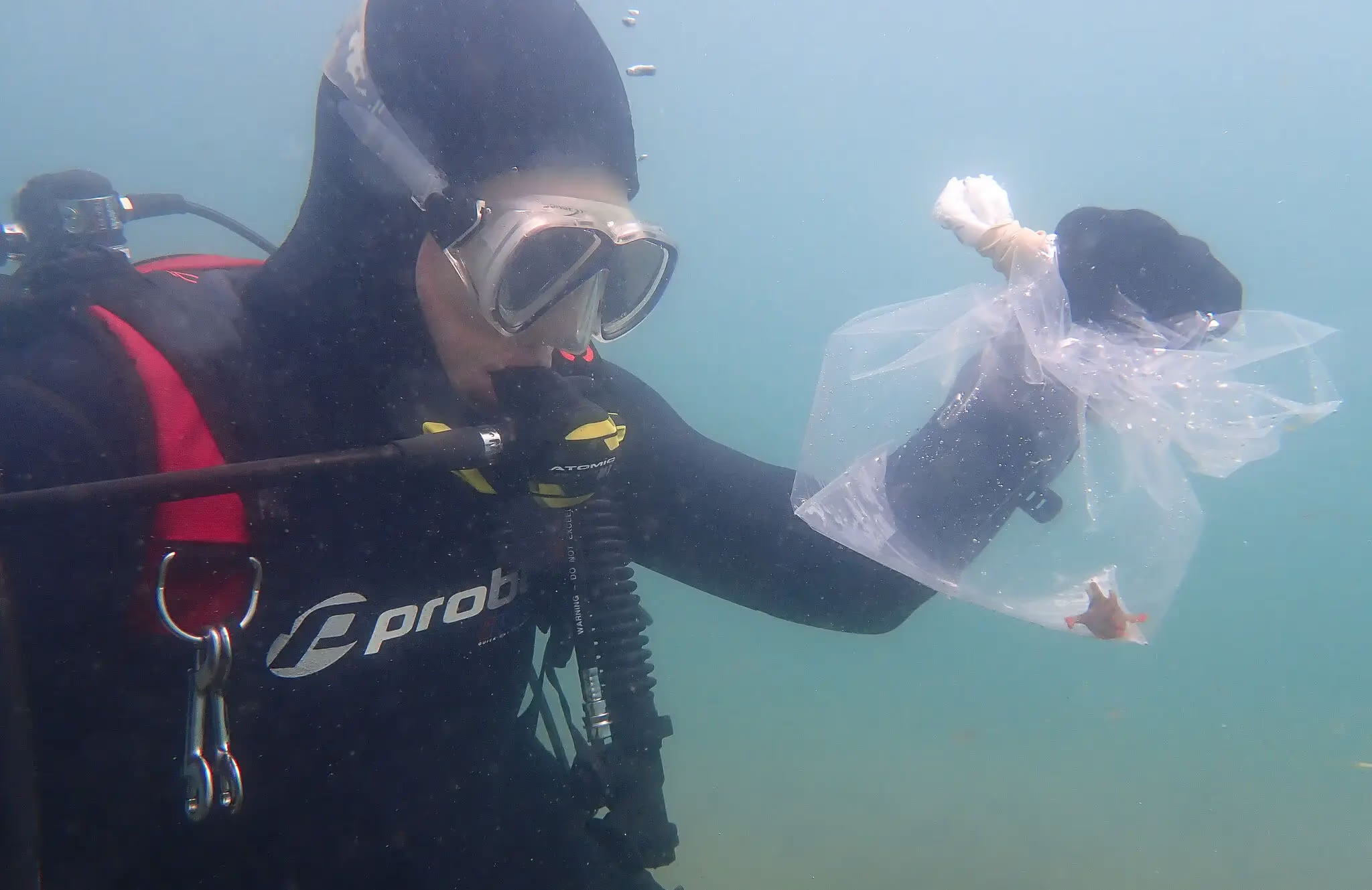
Fish were relocated during the peak of the heatwave in a bid to preserve the species.
One critically endangered species—the red handfish—lives off the coast of Tasmania. This unique fish, which moves along the seafloor using fin-like limbs that resemble hands, is found in only two small patches of rocky reef and seagrass. In autumn 2023, Hobday’s forecast indicated a high likelihood of a life-threatening marine heatwave. Researchers at the University of Tasmania, supported by Australia’s Department of Climate Change, made an emergency decision: 25 handfish were evacuated to an aquarium until temperatures subsided. Ecologist Jemina Stuart-Smith admitted it was the most stressful period of her life. "If anything had gone wrong," she said, "we could have lost an entire species. Total extinction." Three months later, 18 of the fish were returned to their natural habitat. Three did not survive the evacuation, while four were added to a captive breeding program.
Yet even scientists acknowledge that such stopgap measures only delay the inevitable in the face of long-term ocean warming. "It’s like putting a bandage on a broken leg," says Kathryn Smith, a marine ecologist and postdoctoral researcher at the UK’s Marine Biological Association. Still, researchers studying extreme events hope their work helps people envision the future of the world’s oceans. "If you explain to smart people what’s coming," says Dr Hobday, "they’ll figure out all kinds of new ways to respond."
The Heat Ahead
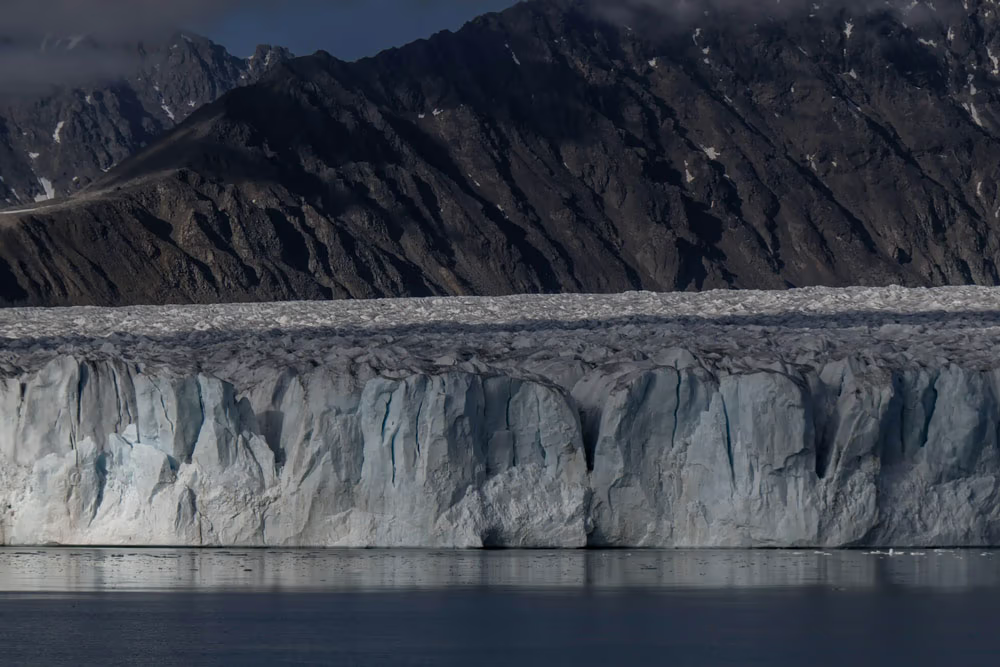
Melting Glaciers Threaten Large-Scale Consequences for the Planet
Why Can’t the World Afford to Lose Its Ice?

'Climate Realism'
A World Three Degrees Warmer—and Colder in Blood

Why Cloud Brightening Projects Face Public Pushback?
Climate Engineering Meant to Slow Global Warming Is Being Stalled Not by Technology—But by Mistrust From Local Communities

Less Ice, More Flowers
Antarctica is Warming Rapidly

Antarctica Is Losing Ice—Against Expectations
Rising Ocean Salinity Accelerates Warming and Destabilizes the Climate System

